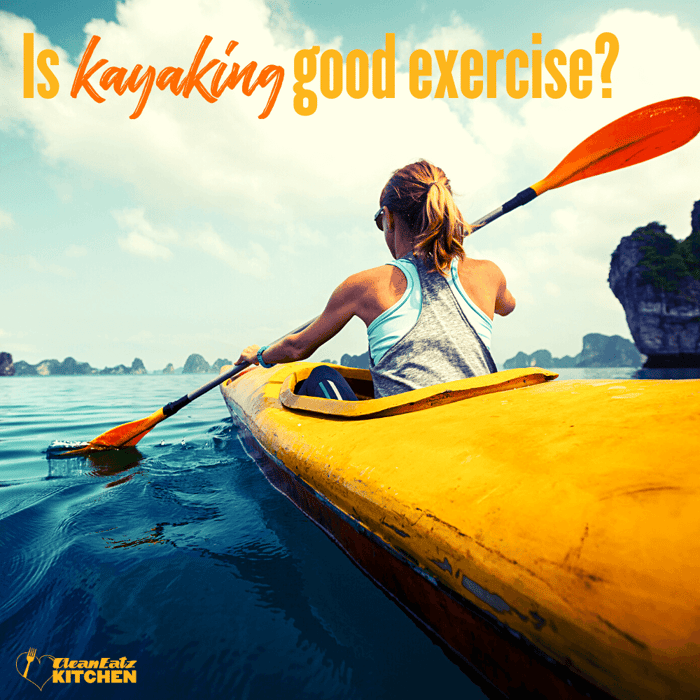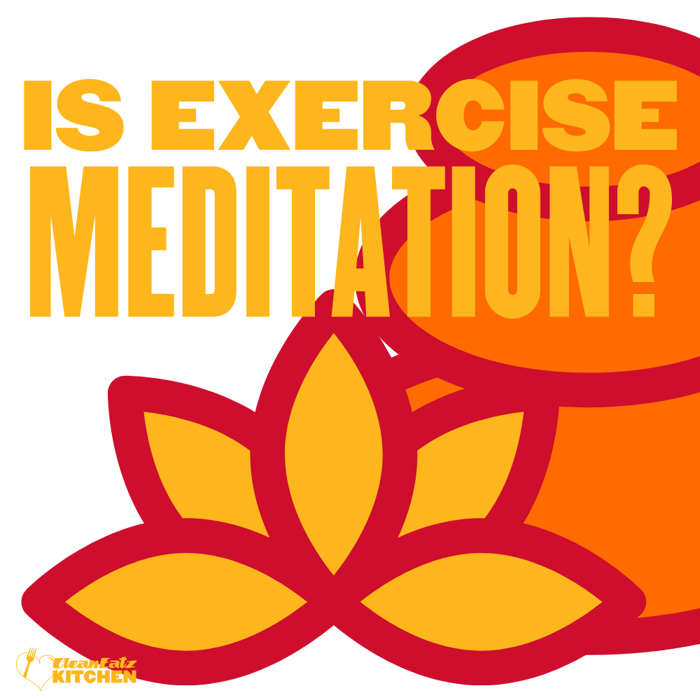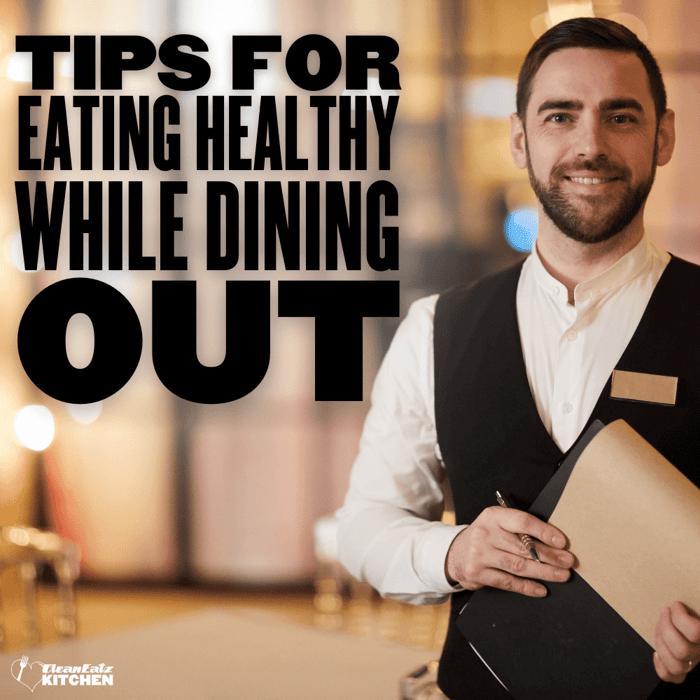Is Kayaking Good Exercise? Calories, Benefits & Safety

Jason Nista
Exercises & Fitness
|
Healthy Lifestyle
09/29/2025 9:26am
5 minute read
How “good” is it? (intensity & calories)
Exercise intensity is often expressed in METs (metabolic equivalents). The Compendium of Physical Activities lists kayaking, moderate effort at ~5.0 METs, with higher-intensity variants at 9.0–13.5 METs.1 A quick estimate of calories burned per hour is:
Example: 68 kg (150 lb) × 5 MET ≈ 340 kcal/hour; 91 kg (200 lb) × 5 MET ≈ 455 kcal/hour.
Fitness benefits (cardio, core, mind)
- Cardiovascular & endurance: Sustained paddling meets moderate-intensity aerobic criteria and can be progressed to vigorous intervals.
- Upper body & core endurance: Repeated strokes challenge lats, delts, mid-back, forearms, and a rotational core (obliques), especially with good torso rotation (see cues below).
- Low impact: Great cross-training if running bothers your joints.
- Outdoor “blue-space” boost: Activity on water is linked with improved mood and well-being in reviews of nature-based exercise.3, 4
Curious how aerobic training improves your cells? See our guide: Does aerobic exercise increase mitochondria?
Muscles worked & technique cues
A kayaking stroke is a leg-to-hip-to-torso chain with upper-body pull. EMG and lab tests show coordinated recruitment of the shoulder complex through the stroke phases.5 Keep these cues in mind:
- Tall posture, slight forward hinge from hips; keep ribs “stacked.”
- Rotate the torso (don’t arm-pull only); drive lightly through feet onto the footpegs.
- Hands low to mid-chest; avoid extreme, high-arm positions that stress the shoulder.
How to program kayaking into your week
Meet or exceed the adult guidelines: 150–300 min/wk moderate or 75–150 min/wk vigorous, plus 2 days/wk strength.6, 7
- Beginner (2–3 days/wk): 25–40 min easy-moderate paddles. Build to 45–60 min.
- Intermediate (3–4 days/wk): 1–2 steady paddles (40–60 min) + 1 interval day (e.g., 6×2 min strong / 2 min easy).
- Strength (2 days/wk): Rows, pulldowns, presses, anti-rotation core, hip hinges. (Recovery foods help: see our high-protein diet guide.)
Kayaking for weight loss
Kayaking can contribute meaningful calories to your daily total, but nutrition drives the deficit. Start here:
- Set targets with our calorie-goal guide and choose a calorie-controlled meal plan.
- Anchor protein (~1.2–1.6 g/kg/day) and fiber; browse Nutrition Info and protein-forward snacks.
- Prefer steady paddles for easy volume, or add short intervals for a time-efficient bump in expenditure.
Related reads: portion control vs calorie counting · sugar facts & smart swaps.
Safety & injury prevention
- Wear a PFD (life jacket) every time. In 2023, 75% of U.S. boating fatalities were drownings, and among those with reported jacket use, 87% were not wearing one.8 See the Coast Guard’s latest stats for overall trends.9
- Protect your shoulders: Many serious injuries happen during near-capsizes, capsizes, and rolls—often in an abducted/external-rotation position.10 Keep strokes in a comfortable range, rotate through the torso, and consider a lesson to refine technique.
- Check conditions: Weather, wind, currents; avoid shared fryers of risk—oops, wrong section—avoid shared cold water without thermal gear. Hydrate and use sun protection.
FAQs
Is kayaking cardio or strength?
Both—primarily cardio, with muscular endurance for lats, delts, mid-back, forearms, and core.
Is it low-impact?
Yes. It’s joint-friendly compared with high-impact running or plyometrics. Start with shorter sessions and build gradually.
How many days per week?
2–4 days works for most, plus 2 days of resistance training (can be short, 30–45 minutes).
How can I burn more calories kayaking?
Extend session length, include gentle intervals (e.g., 1–3 minutes steady-hard with equal easy paddling), and minimize drift time. Fuel so you can sustain quality work.
References
- Compendium of Physical Activities — kayaking MET values (moderate ≈5.0; higher-intensity 9.0–13.5). Activity list.
- Compendium overview — 1 MET ≈ 1 kcal/kg/hour; definition & usage. Definition.
- U.S. Physical Activity Guidelines for Americans, 2nd ed. Full PDF | CDC summary.
- American Heart Association — adult aerobic + strength recommendations. Overview.
- Trevithick BA et al. Shoulder muscle recruitment during kayak stroke (ergometer EMG). J Sci Med Sport, 2007.
- White MP et al. Blue space, health & well-being: narrative overview. Environ Res, 2020.
- Georgiou M et al. Mechanisms of blue-space health benefits (review). Int J Environ Res Public Health, 2021.
- U.S. Coast Guard — 2023 life-jacket wear note (most drowning victims weren’t wearing one). USCG update.
- U.S. Coast Guard — Recreational Boating Statistics 2024 (national trends). Report PDF.
- Holland P et al. Shoulder injuries in canoeing and kayaking (review). Wilderness Environ Med, 2018.
Water safety first. Educational content only; not medical advice.
Related Articles
Is Exercise a Form of Meditation?
5 minute read
Tips for Eating Healthy While Dining Out
5 minute read



